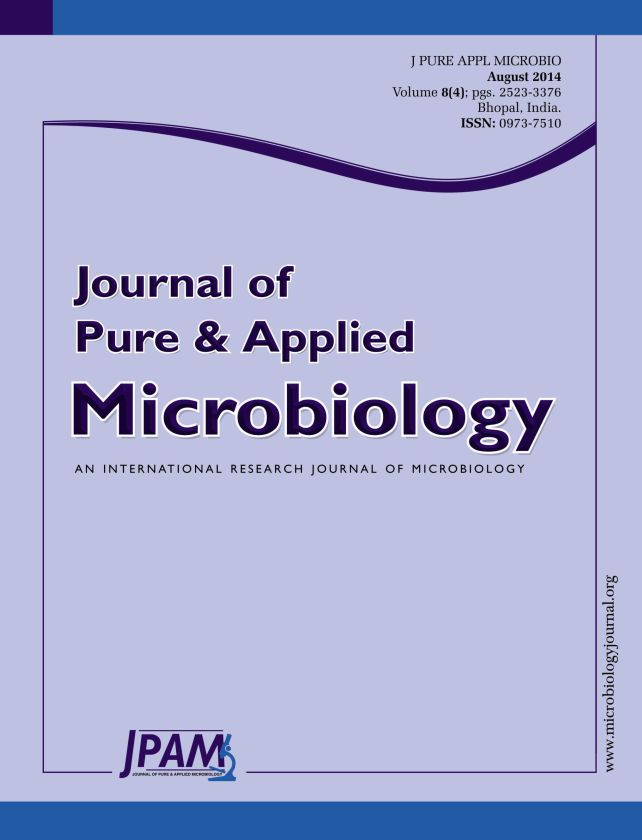A novel synthetic cry2AX1 gene consisting sequences of cry2Aa and cry2Ac genes isolated from Indian strains of Bacillus thuringiensis was codon optimized and a sequence encoding cotton rbcS1b transit peptide was fused at upstream of coding sequence. The synthetic cry2AX1 gene, driven by maize ubiquitin1 promoter was cloned in a pCAMBIA- based plant transformation vector. Immature embryos were used as target tissues for Agrobacterium-mediated transformation of an elite rice cultivar, ASD16. Among 34 putative rice transformants, 21 plants were found to be positive for cry2AX1 and hptII gene by PCR. Southern blot analysis of transgenic plants confirmed stable T-DNA integration into the genome of transformed plants. The expression of Cry2AX1 protein in transgenic rice plants ranged from 3.3 to 16.0 ng/g of fresh leaf tissue. Insect bioassays of transgenic rice plants against rice leaf folder (Cnaphalocrosis medinalis Guenee) recorded larval mortality of upto 40 per cent and significant reduction in leaf feeding. Level of cry2AX1 expression in transgenic rice plants of the present study is 1000 fold less in comparison to earlier reports on insect resistant Bt-rice plants. These results indicated that the Cry2AX1 protein is effective against rice leaf folder even at a very low concentration in transgenic rice plants. Desirable level of insect resistance could be achieved in rice through cry2AX1 gene by improving the level of transgene expression.
Cry2AX1, Rice, Agrobacterium tumefaciens and rice leaf folder
© The Author(s) 2014. Open Access. This article is distributed under the terms of the Creative Commons Attribution 4.0 International License which permits unrestricted use, sharing, distribution, and reproduction in any medium, provided you give appropriate credit to the original author(s) and the source, provide a link to the Creative Commons license, and indicate if changes were made.


